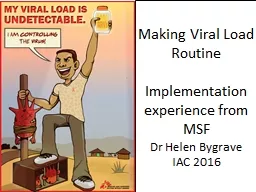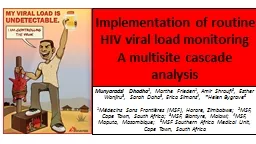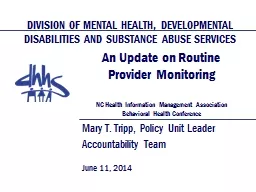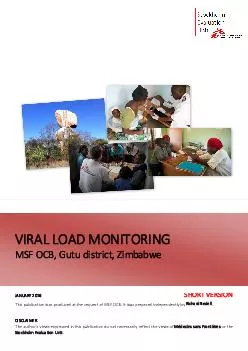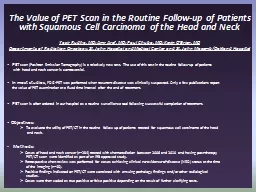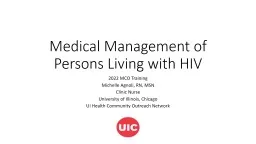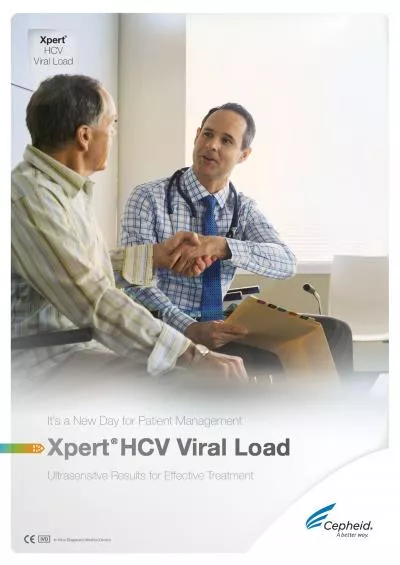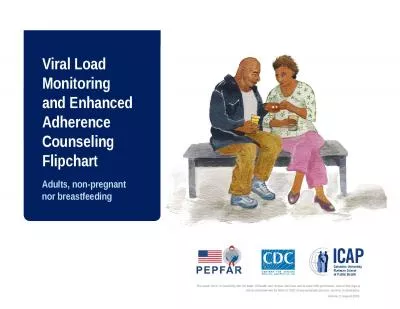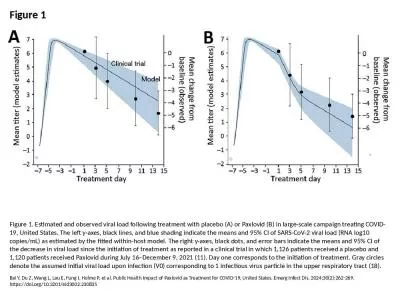PPT-Making Viral Load Routine
Author : briana-ranney | Published Date : 2019-12-15
Making Viral Load Routine Implementation experience from MSF Dr Helen Bygrave IAC 2016 Programmatic and Laboratory Must Speak to Each Other wwwmsfaccessorgmakingviralloadroutine
Presentation Embed Code
Download Presentation
Download Presentation The PPT/PDF document "Making Viral Load Routine" is the property of its rightful owner. Permission is granted to download and print the materials on this website for personal, non-commercial use only, and to display it on your personal computer provided you do not modify the materials and that you retain all copyright notices contained in the materials. By downloading content from our website, you accept the terms of this agreement.
Making Viral Load Routine: Transcript
Download Rules Of Document
"Making Viral Load Routine"The content belongs to its owner. You may download and print it for personal use, without modification, and keep all copyright notices. By downloading, you agree to these terms.
Related Documents

